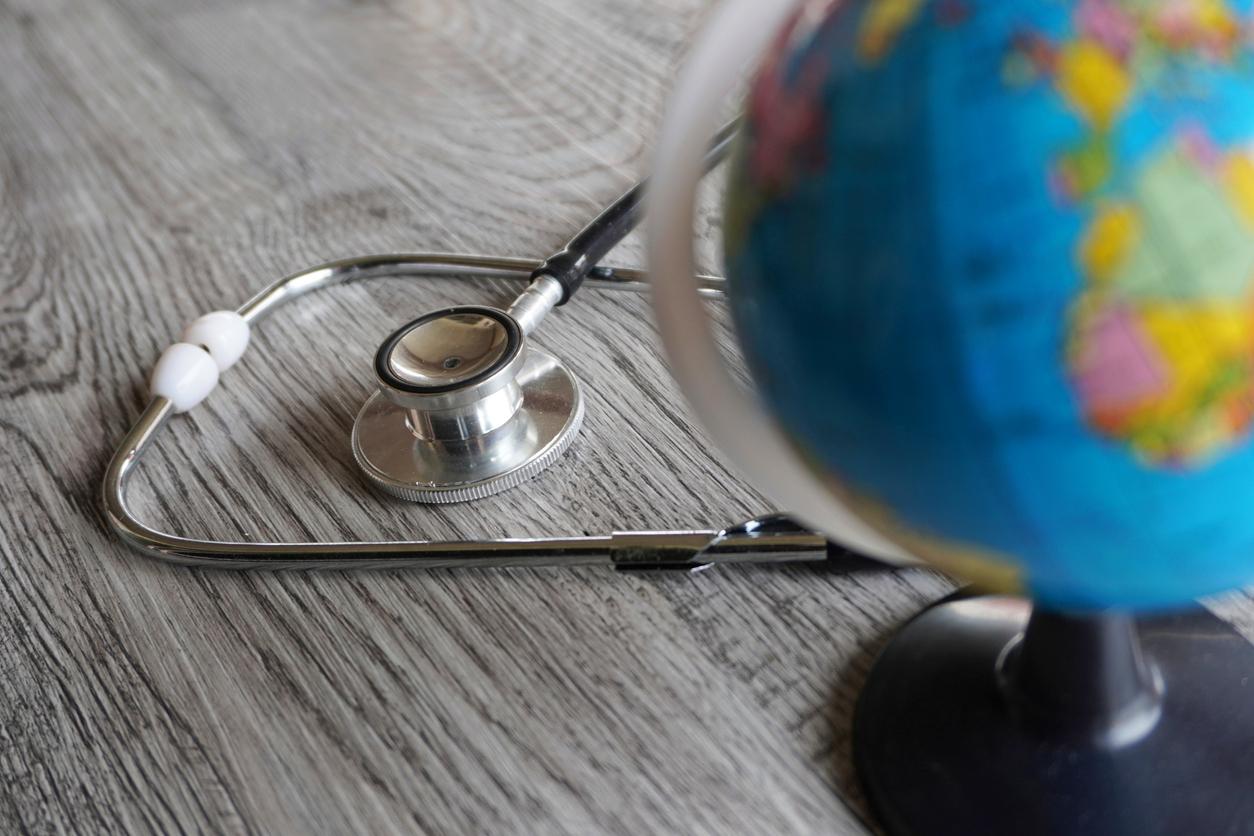Rosacea, a pretty name for a disease that manifests itself in ugly symptoms on the face: small dilated vessels, inflammatory pimples and above all redness …

This could be the reaction of anyone who is moved … Except that in rosacea, it has nothing to do with the flushing of emotion, as it has nothing to do with rosacea or even blushing. acne with which rosacea has long been confused.
This disease usually begins around the age of 20, 25 with a peak around 45. Ten percent of the adult population suffers from it.
Of course there are different stages. Which range from simple redness in the cheeks, nose, chin or forehead, to an eggplant-shaped nose, through a tingling sensation in the eyes, the dilation of small vessels on the surface of the skin.
Fortunately, anyone who suffers from redness does not undergo this apocaliptic evolution but the progression from one stage to another is unpredictable. However the majority of those diagnosed with this disease will remain with minor symptoms, but which are experienced, more often than not, as a real tragedy.
Because this is the problem with rosacea: The aesthetic and psychological discomfort it causes. This can go so far as to affect the social, professional and personal life of some patients.
In particular we must twist the neck of a legend: Those who suffer from it fear being taken for alcoholics when the drink has nothing to do with rosacea.
Less than 20% of affected people seek treatment.
Few people with rosacea try to cure themselves. Out of ignorance for the most part, out of modesty, of course, but also because in severe cases, the doctor is a little helpless. Indeed, little is known about the origin of this disorder. And without explanations, it is impossible to find the parade.
This is why treatments focus more on the symptoms than on the origin of the disease.
The treatment of rosacea makes it possible to reduce the symptoms, to space the outbreaks and to better control the progression of the disease. It does not allow a definitive cure. It is therefore a continuous treatment whose discontinuation exposes the risk of relapse.
Simple treatments, all the more effective the earlier they are applied. These are first of all elementary hygiene rules, in short cleaning the skin without attacking it and protecting it from the sun and aggressive cosmetic products.
Vascular rosacea can be improved by laser treatment. It helps reduce redness and visible and permanent dilation of small visible skin vessels. These sessions, having only an aesthetic aim, are not covered by Health Insurance.
Local application gels (prescribed but not reimbursed) reduce the redness over a period of 8 to 10 hours.
In the more important forms, can have recourse to certain antibiotics or even to surgery but these are very specialized treatments which are implemented by dermatologists.
.















